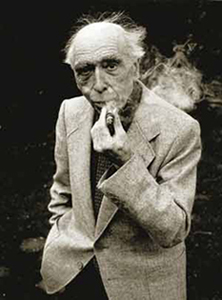Product Description
Werner Mantz, Untitled, Silver gelatin print 1929


WERNER MANTZ (1901-1983) Germany
Untitled 1929 (vintage)
Silver gelatin print, patinated bronze frame
Signed: W. Mantz 1929 (in pencil on back)
Framed size: H: 8 ¾” x W: 11”
Price: $42,500
Werner Mantz is regarded as one of the most gifted architectural photographers of the twentieth century. His talent in this field we recognized early in his career and he received numerous commissions from a variety of prominent architects, first in Germany and later in the Netherlands. His work in Cologne especially, from the mid-1920s to the early 1930s, forms a definitive statement of the Neue Sachlichkeit movement in architecture.
Works by Werner Mantz can be found in the collections of the Metropolitan Museum of Art in New York, The Museum of Modern Art in New York, The Art Institute of Chicago, Tate London and many more.
Werner Mantz, Untitled, Silver gelatin print 1929
CHRISTOPHER DRESSER (1834-1904) UK
BENHAM & FROUD London, England
Coffee pot 1888
Copper, brass, wood handle and finial
***One of only two known models of this Dresser / Benham & Froud coffee pot.
Marks: maker’s cipher, Reg. no. 114566 for 1888
Only other model known illustrated: Christopher Dresser, by Widar Halén (Oxford: Phaidon, 1990), illus. 192, p. 170 (variant model); Truth, Beauty, Power: Dr. Christopher Dresser 1834-1904, exhib. cat. Historical Design, Inc. (New York, 1998) p. 66.
H: 9″ x D: 7 3/8″
Grosfeld House New York
Lucite stool circa 1940.
Cylindrical lucite base stool with gold lucite wrap like connecting elements, silk upholstery.
H: 16 1/4″ x W: 13 1/2″ x D: 16 1/2″
Grosfeld House Furniture Company manufactured some iconic designs of the twentieth century. Some of the great designers that work for the company were Vladimir Kagan and Lorin Jackson. They produced some of the earliest chairs using Lucite starting in the 1930’s and through the Post War Era.
